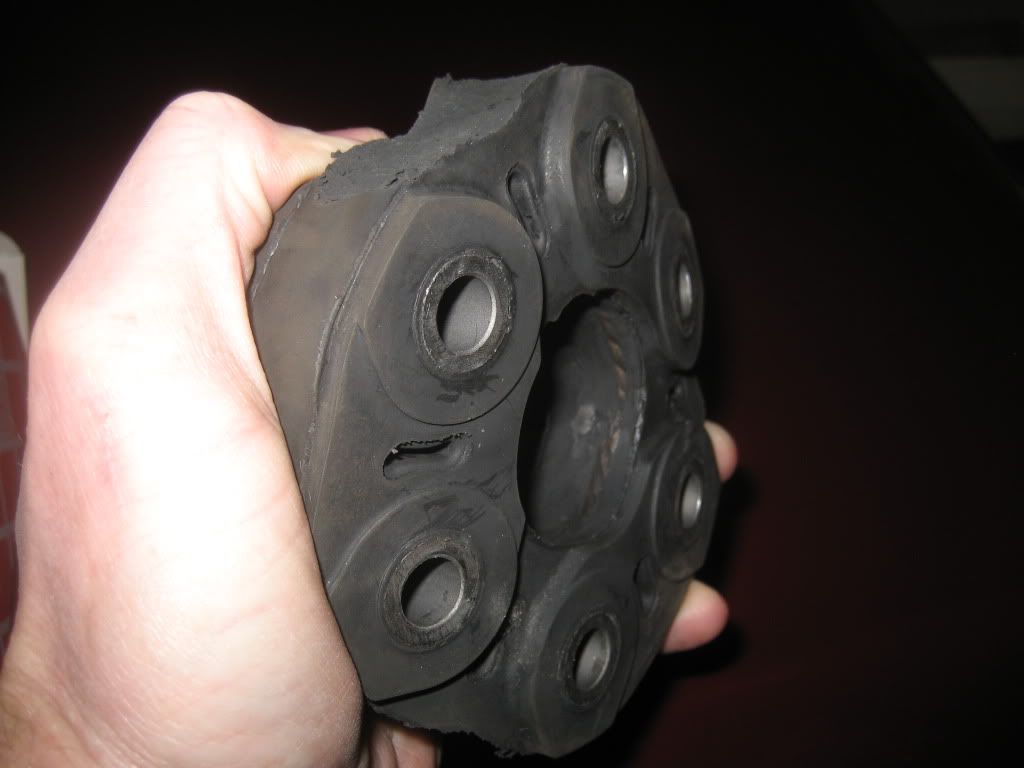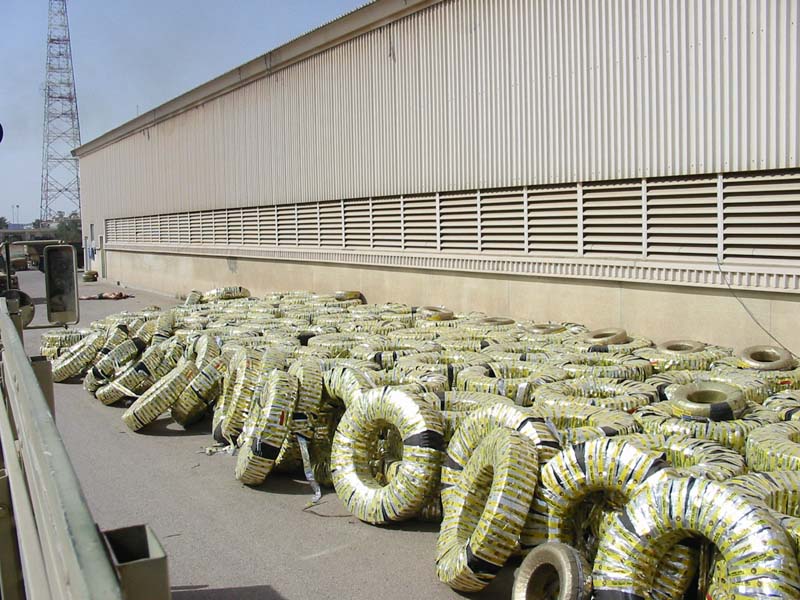Unlike some wines, rubber does not improve with age. Rubber, by its very nature, will get harder, more brittle, and less flexible with age. I am no chemist, but I do know that rubber is pliant because it is comprised of polymer chains where there are few cross-links between the chains to restrain them. With age comes some unavoidable exposure to the elements and alas, degradation of the properties we value in rubber. Sealing and storing the rubber can no doubt deter the degradation, but like someone else noted, it is hard to say how much and for how long. Here, the proof would be in the ride.
The above tire link is apropos. The thinking is that tires more than six years old should be replaced for safety reasons. Whether this is an axiom that should be religiously followed, is up for debate. Nevertheless, common sense tells me that a new tire is going to be more flexible than an old one. The harder tire will probably provide less rolling resistance, but this will come at the expense of a harder ride and maybe a tire that is more prone to failure or vulnerable to road hazards. For similar reasons, I would want to use the newest rubber products available, and that includes bushings.
From personal experience, I have replaced bushings on old BMWs, including E3s, E9s and 2002s. While bushings did not look deformed and they seemed to be performing well after 20+ years of service, after changing them out, the difference in ride quality has been noticeable. I have to disagree with the idea of not having any qualms about using new old stock bushings. Just like the box of chocolates, you never quite know what you are going to get until you taste the bushings by installing them. I have seen front strut mounts that had been shrink wrapped for fifteen years look perfect before installation. Shortly after installation they developed cracks and showed obvious signs of deformation. These mounts could have been defective had they been installed years earlier. There is no way of knowing. Still, it is more likely that age had something to do with their failure.
To the issue at hand, for a pleasure ride I would probably use the sealed bushings. This would include the appreciation that the ride might suffer slightly and I might have to replace the bushings sooner than I might with newer-made bushings. (Similar arguments might be made concerning the use of urethane vs. rubber.) Much of my decision is based upon guess work. Unless you follow the custody chain for a perishable part from its first production until it falls into your trunk, you cannot say with certainty how it has been treated or mistreated. This could mean the difference between two identical parts having different longevities. Parenthetically, I might also use tires that have reached their so-called maturity dates. I have also been known to consume old beer, old pastries, and leftovers. I am a gambler. :lol:.




